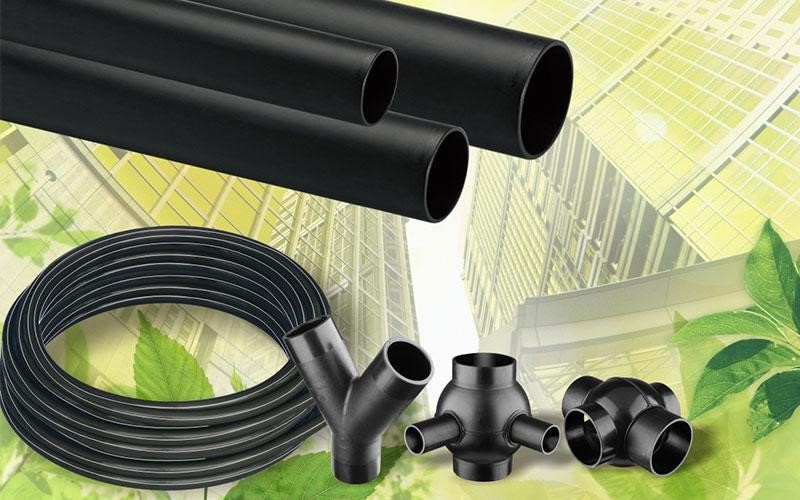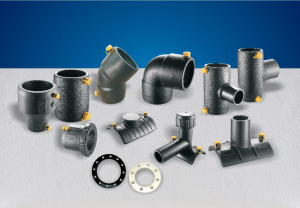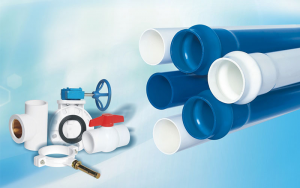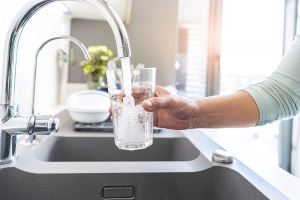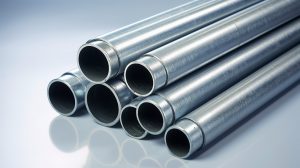Table of Contents
It’s generally inconspicuous and out of sight, but the drain waste vent system is a critical component of an effective plumbing vent pipe installation. As critical as the design and configuration of the installation is, proper materials are also integral to effectively installing drain waste vent systems. Let’s look into what an effective drain waste vent system entails as well as the components that help to make this critical system function properly.
Every drain-waste-vent system is really made of two components: the waste lines and the vent lines. The drain line is what removes waste liquid from every fixture, whether it is a sink, tub, toilet, dishwasher or washing machine and brings it the main sewer. The vent line is responsible for normalizing pressure within the system. The vent line does not carry any waste from the fixtures. Instead, it is responsible for maintaining proper pressure within the system as well as providing an outlet for sewer gases.
What Are the Components of the Drain Waste Vent System?
The components of a drain waste vent system are fairly simple. For every fixture, such as a sink, shower/tub or toilet, there is a trap. With toilets the trap is built into the fixture, but with sinks and tubs, traps are attached at the drain.
From these drains and traps, waste then flows throw piping into the drain lines, which then flow to the soil stack. The soil stack is responsible for removing all waste to a common sewer line or, for select residential or commercial properties, to a septic system. At the same time, where the drains for each fixture meet the common drain line, there is a vertically run vent line that moves to a common vent line and which also attaches to the soil stack.
The soil stack is run up through the roof where a vent protrudes to provide constant air pressure for the system, allowing gases to escape and pressure to normalize after each fixture is used. Essentially, ever DWV system is simply a combination of traps, drain lines, vent lines, a soil stack and a vent.
Quite often, at the base of the soil stack, clean outs are included to remove any accumulated debris that may be impeding flow to the main sewer line.
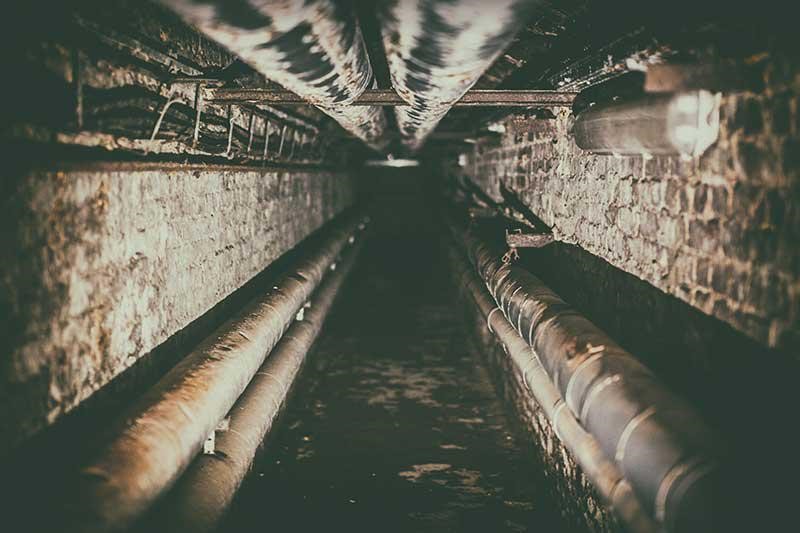
How Does Drain Waste Vent Plumbing Systems Work
As already noted, plumbing systems seem relatively simple at first glance and consist of two components: a water supply system to provide water to various fixtures such as sinks, toilets and showers, and a waste removal system to remove this water.
The system responsible for removing wastewater, known as the Drain-Waste-Vent system or DWV, is actually subdivided into two systems: the waste piping and the vent piping. In order for a proper DWV system to work, it requires that pressure be properly balanced and equalized constantly.
This is because pressure is what is responsible for transporting water up to the respective systems and, through gravity as well as siphoning, responsible for removing waste water from the various fixtures. The issue with waste lines is that water is not constantly in the waste line and is only present once a fixture is used, such as a toilet flushing.
When water is not present in the line, air is naturally present. If a pipe were completely closed to the atmosphere, the air present in the line would naturally impede and resist the flow of liquids through the piping. This is why you can hear knocking or jack hammering or observe gurgling or slow draining in some pipes that aren’t properly vented or where pressure is abnormal, as air can be moving through the pipes at the same time liquid is draining.
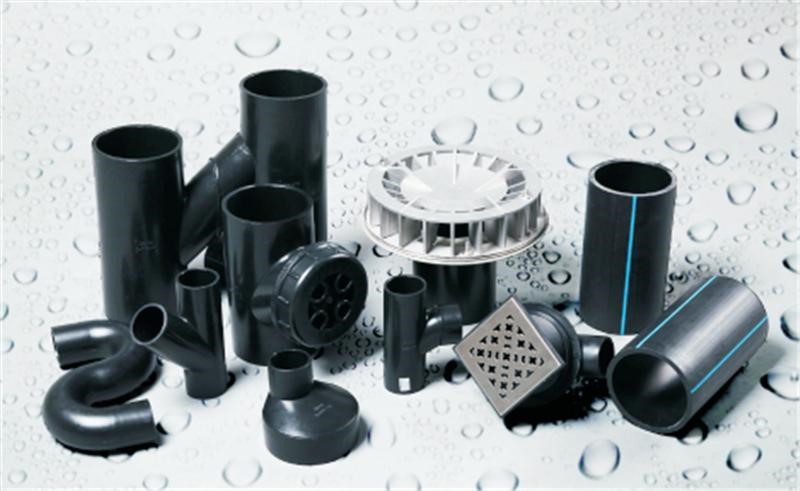
The vent portion of the DWV system provides two functions. First, it helps to properly equalize pressure within the drain system so that when a fixture is used, liquid can properly flow through the waste lines and into the main sewer lines without pressure impeding its flow; as a secondary concern with improperly vented lines, poor pressure regulation can actually lead to liquid siphoning, which can empty the traps at the opening of sink and tub drain lines which creates a problem relative to the secondary function of drain lines.
The secondary function of drain vents is to provide an outlet for the sewer gases naturally present in waste lines. Sewer gases are not only noxious but, in the case of hydrogen sulfide, potentially toxic and explosive. Thus, drain vents provide a natural outlet for gases in the system to rise out through the vent in the roof.
The traps in your fixtures, designed to be constantly filled with water after use, provide a natural seal against these gases; if a line is improperly vented and drains these traps, sewer gases can enter your home and create a variety of problems.
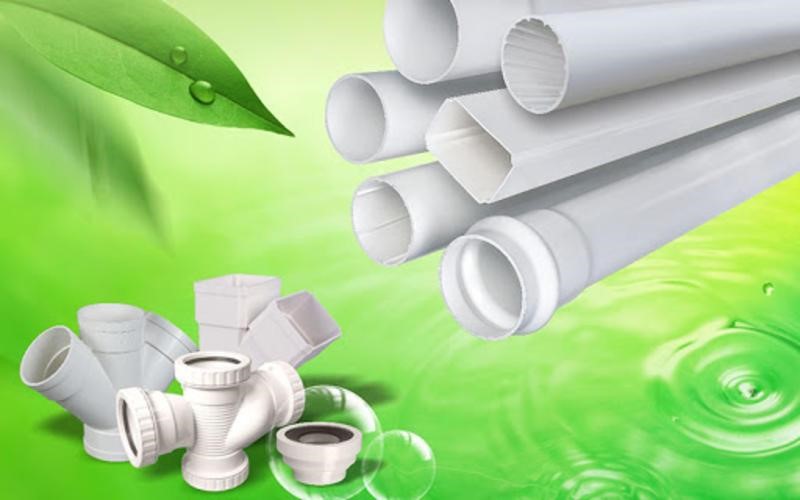
In some buildings, such as high rises and hotels with multiple stories, having properly vented systems is absolutely critical to the function of the plumbing systems.
Because of the increased elevation, there is a natural rise in air pressure within the system. Without proper venting, there can be so much air in the system that drains would not work properly or, if you are high enough, hardly at all, creating plumbing systems that would be public health nightmares, not to mention nuisances to anyone trying to use them.
Secondarily, if there is inadequate venting, especially with the high pressure drop from higher floors, trap water can easily siphon into the waste line, creating an opening to the waste line and an outlet for an abundance of gas. While proper venting is important in every building, it is especially critical for higher buildings with larger occupancies to ensure that every fixture with water allows the water to drain once it’s used.
The Importance of Drain Waste Vent Systems
Drain waste vent systems may not be the most exciting component of a plumbing system, but a properly functioning system can be the difference between a welcome home and an unwanted space. Whether you’re looking for residential or commercial venting materials and parts for your DWV system, we hope that you’ll consider LESSO so that your system will drain without causing any pain.
Recommend Reading

How to Drain House Water?
With the arrival of the rainy season, most people contemplate the way to keep their house protected from water damage. Now it might seem vague
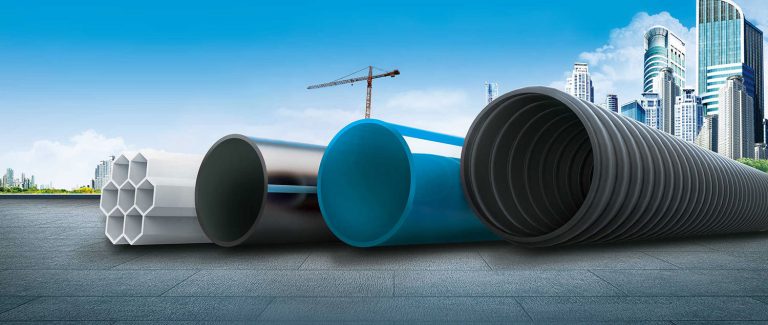
6 Things You Should Know About Drainage & Sewerage Pipes
There are many parts of the construction industry that are difficult to understand, but the differences and uses of drainage and sewer pipe are not too complicated


